Television in the 1970s was a goldmine of groundbreaking shows, many of which became iconic cultural touchstones. But for every big hit, there were spin-offs that flew under the radar or were overshadowed by their predecessors. Surprisingly, some of these spin-offs had real charm, memorable characters, and even innovative storytelling that earned them a place in the hearts of those who tuned in. Let’s take a nostalgic journey back to explore 13 forgotten TV spin-offs from the ’70s that deserve a second look. These gems might not have stolen the spotlight, but they sure had their moments of brilliance.
1. “Rhoda” (1974-1978)
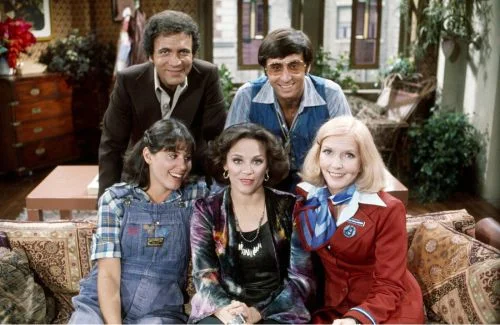
A spin-off of the beloved Mary Tyler Moore Show, Rhoda followed Mary Richards’ quirky best friend, Rhoda Morgenstern, as she moved back to New York City. Rhoda, played by Valerie Harper, brought a dose of humor, warmth, and relatability to the sitcom landscape, balancing her dating life, career, and relationships with her family. Her no-nonsense mother, Ida, and eccentric sister, Brenda, added layers of familial comedy that many viewers found endearing. Rhoda’s wedding to Joe Gerard in the first season even became a cultural phenomenon, drawing an audience of over 50 million viewers.
While Rhoda didn’t sustain the same cultural impact as its predecessor, it resonated with viewers who appreciated a show about a single woman navigating life with honesty and humor. It tackled themes like independence and personal growth, which felt refreshing for the time. Though it eventually struggled with declining ratings, Rhoda left a lasting impression as a heartfelt and funny exploration of a woman finding her way. Fans of the original series were often delighted to see a new angle of Rhoda’s character that shined even brighter outside Mary’s shadow.
2. “Phyllis” (1975-1977)
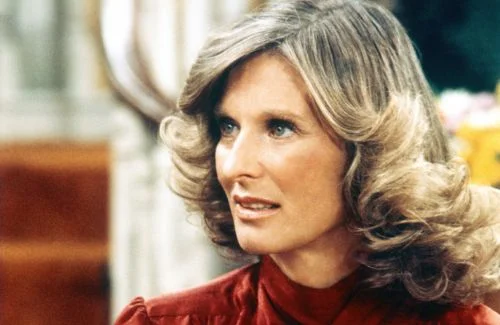
Phyllis was another spin-off from The Mary Tyler Moore Show, focusing on Cloris Leachman’s eccentric and self-absorbed character. The series followed Phyllis Lindstrom as she returned to her late husband’s hometown of San Francisco to start over with her teenage daughter, Bess. Her adventures ranged from navigating her quirky in-laws to attempting various odd jobs, all while keeping her trademark theatrical personality intact. Cloris Leachman’s comedic timing was a masterclass, and the show’s unique mix of slapstick and subtle humor made it a delight.
Though it only lasted two seasons, Phyllis provided plenty of laughs and showcased Leachman’s immense talent. The show excelled at turning Phyllis’s arrogance and missteps into moments of human vulnerability, a rare feat in sitcoms of the era. For viewers, it offered a chance to see a more dynamic side of a familiar character while tackling relatable issues like grief and reinvention. Phyllis may not have reached the legendary status of its predecessor, but it carved out its own small legacy as a sharp, character-driven comedy.
3. “The Ropers” (1979-1980)
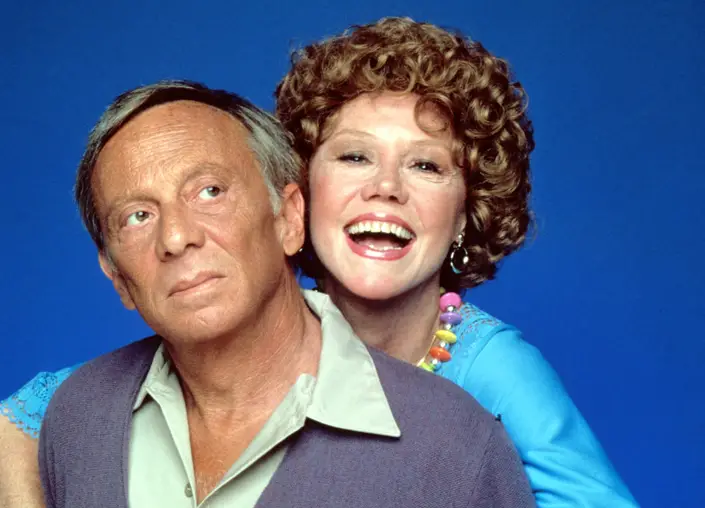
As a spin-off of Three’s Company, The Ropers followed the bumbling landlords Stanley and Helen Roper as they moved to a posh new neighborhood. Stanley’s penny-pinching antics and Helen’s sarcastic remarks created a comedic dynamic that felt familiar yet fresh in their new surroundings. The show leaned heavily on misunderstandings and physical comedy, much like its parent series, but with a suburban twist. Jeffrey Tambor played their snooty neighbor, adding a hilarious foil to Stanley’s shenanigans.
Although it only lasted two seasons, The Ropers captured the essence of its predecessor while giving these secondary characters more room to shine. Their relationship, often peppered with bickering and reluctant affection, added heart to the humor. Fans of Three’s Company appreciated the continuation of these beloved characters, even if the spin-off didn’t achieve the same enduring success. For many, The Ropers was a reminder that even supporting characters could steal the show in the right setting.
4. “Tabitha” (1977-1978)
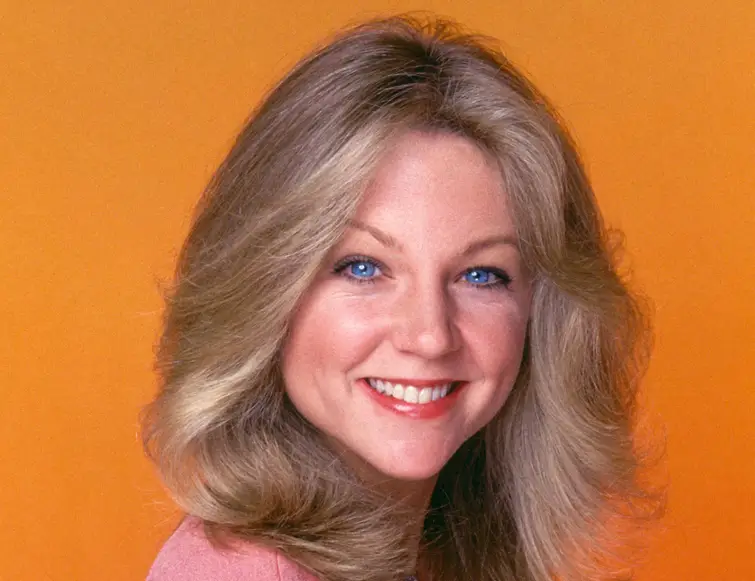
Tabitha brought a touch of magic to the small screen as a spin-off of the classic Bewitched. Set years after the original series, it focused on Samantha and Darrin’s daughter, Tabitha Stephens, now a young adult working in television. Played by Lisa Hartman, Tabitha tried to lead a normal life while grappling with her magical powers and the hilarious situations they caused. The show also introduced her brother, Adam, and a nosy co-worker who often suspected something was amiss.
While it didn’t last long, Tabitha captured some of the charm of Bewitched with its mix of supernatural mischief and romantic subplots. Fans of the original show enjoyed revisiting the Stephens family dynamic, even if the spin-off lacked the same spark as its predecessor. Still, Tabitha offered a fun, light-hearted escape that added a bit of nostalgia for viewers who grew up watching her magical childhood.
5. “Flo” (1980-1981)
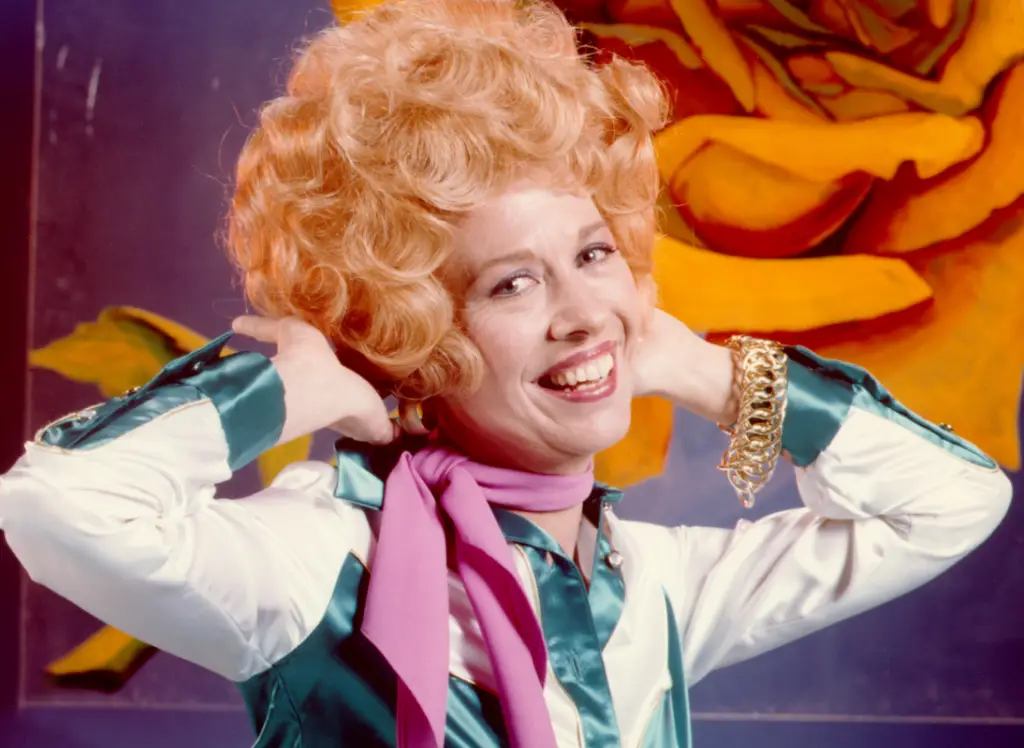
Flo was a spin-off from Alice, centering on the wisecracking and outspoken waitress, Flo Castleberry. After leaving Mel’s Diner, Flo decided to open her own roadhouse, calling it Flo’s Yellow Rose. The series followed her attempts to manage the bar, interact with the quirky locals, and find her footing as a business owner. Polly Holliday’s larger-than-life performance brought a lot of humor to the show, and her catchphrase, “Kiss my grits!” remained a fan favorite.
Though Flo struggled to match the longevity of Alice, it gave fans a deeper look at one of the show’s most colorful characters. The setting allowed for a new cast of eccentric characters to shine, creating a lively backdrop for Flo’s escapades. For those who loved the original, Flo offered a new perspective while maintaining the humor and heart that made the character so beloved. It’s a spin-off that still brings a smile to fans who fondly remember her sassy comebacks.
6. “Grady” (1975-1976)
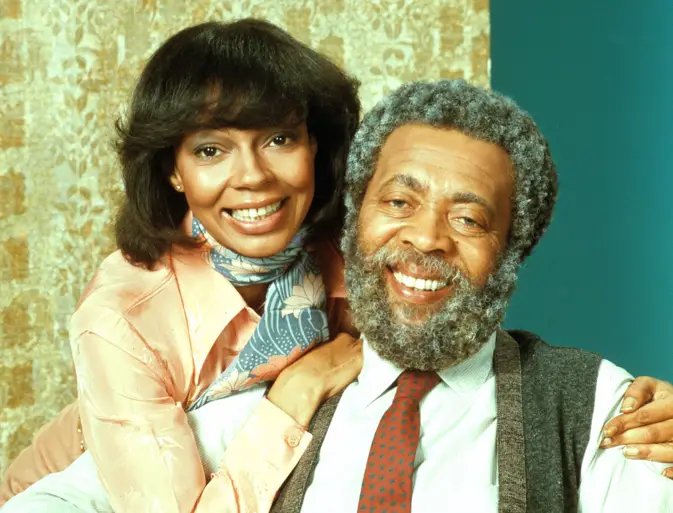
Grady was a short-lived spin-off from Sanford and Son, focusing on the lovable and often clueless Grady Wilson, played by Whitman Mayo. In this series, Grady moves in with his daughter and her family in Westwood, Los Angeles. His presence disrupts their more upscale and structured lifestyle, leading to humorous misunderstandings and cultural clashes. Grady’s well-meaning but bumbling nature was a source of consistent comedy, and his interactions with his precocious grandchildren added a heartwarming touch.
Though Grady only lasted ten episodes, it gave fans of Sanford and Son a chance to enjoy more of this endearing character. Whitman Mayo brought his signature charm to the role, making Grady’s misadventures feel both funny and relatable. The show struggled to find its footing in the crowded TV landscape of the 1970s, but for fans of the original series, it offered a nostalgic look at a character who felt like an old friend.
7. “The Girl with Something Extra” (1973-1974)
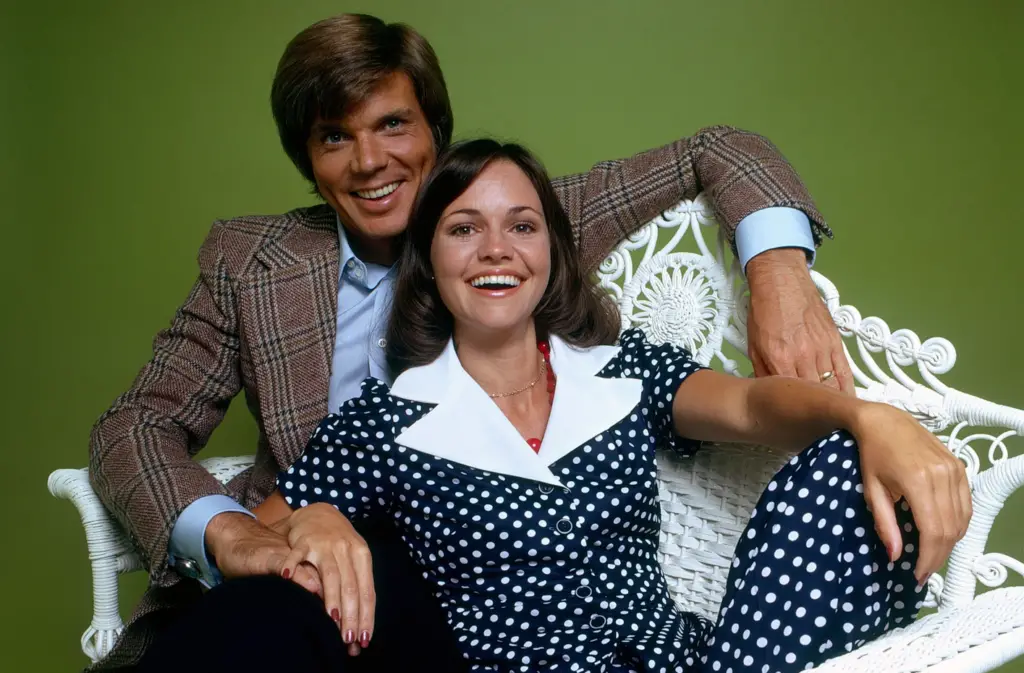
A lesser-known spin-off from Bewitched, The Girl with Something Extra starred Sally Field as Sally Burton, a newlywed with ESP. The series explored the comedic and sometimes poignant challenges of her ability to read minds, particularly in her marriage to her husband, John, played by John Davidson. While the premise was unique and had potential, the show often relied on lighthearted misunderstandings and sitcom tropes. Still, Sally Field’s charm and natural comedic talent carried the series.
Despite lasting only one season, The Girl with Something Extra stood out for its creative twist on the traditional sitcom formula. Its exploration of marriage dynamics, blended with supernatural elements, felt refreshing for the time. While it may not have reached the heights of its magical predecessor, it holds a place in TV history as a quirky and heartfelt experiment. Fans of Bewitched and Sally Field alike might find it worth revisiting for its nostalgic charm.
8. “Checking In” (1981)
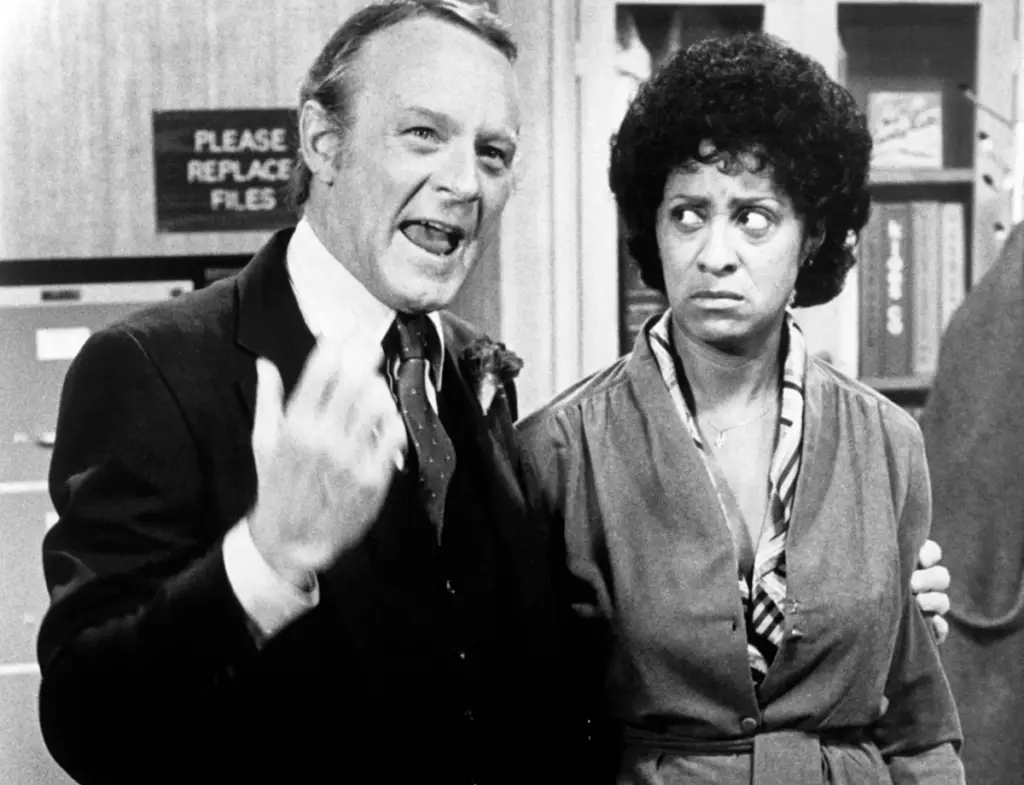
Checking In was a spin-off of The Jeffersons, focusing on Florence Johnston, the sassy and sharp-tongued maid played by Marla Gibbs. The show followed Florence as she left her job with the Jeffersons to become the executive housekeeper at a luxury hotel. Her quick wit and no-nonsense attitude clashed hilariously with the eccentric hotel staff and demanding guests. The series gave Florence a chance to shine outside of the Jeffersons’ apartment, highlighting her ambition and independence.
Unfortunately, Checking In only lasted four episodes before it was canceled, but Marla Gibbs’ performance was a standout. Her ability to deliver biting humor while remaining likable made the show memorable for those who tuned in. While short-lived, Checking In showcased Florence’s strength and determination, qualities that resonated with viewers. It remains a testament to Gibbs’ talent and the enduring appeal of her character.
9. “Gloria” (1982-1983)
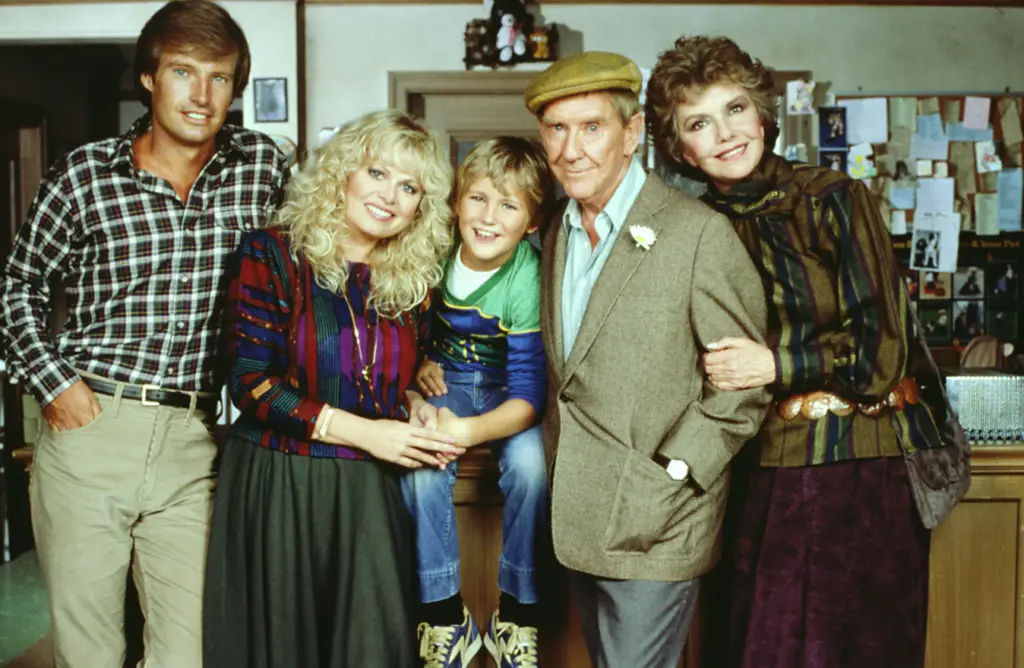
Gloria was a spin-off from All in the Family, centering on Archie Bunker’s daughter, Gloria Stivic, played by Sally Struthers. The series picked up after her separation from her husband, Mike, and followed her life as a single mother raising her young son. Gloria worked as a veterinary assistant, navigating her new independence while dealing with the challenges of parenthood. The show aimed to balance humor with heartfelt moments, much like its predecessor.
While it didn’t achieve the same cultural impact as All in the Family, Gloria gave fans a deeper look into a beloved character’s journey. Sally Struthers brought warmth and vulnerability to the role, making Gloria’s struggles feel relatable and genuine. For viewers who grew up with the Bunkers, the spin-off offered a chance to continue Gloria’s story, even if it didn’t have the same staying power as the original series.
10. “Fish” (1977-1978)
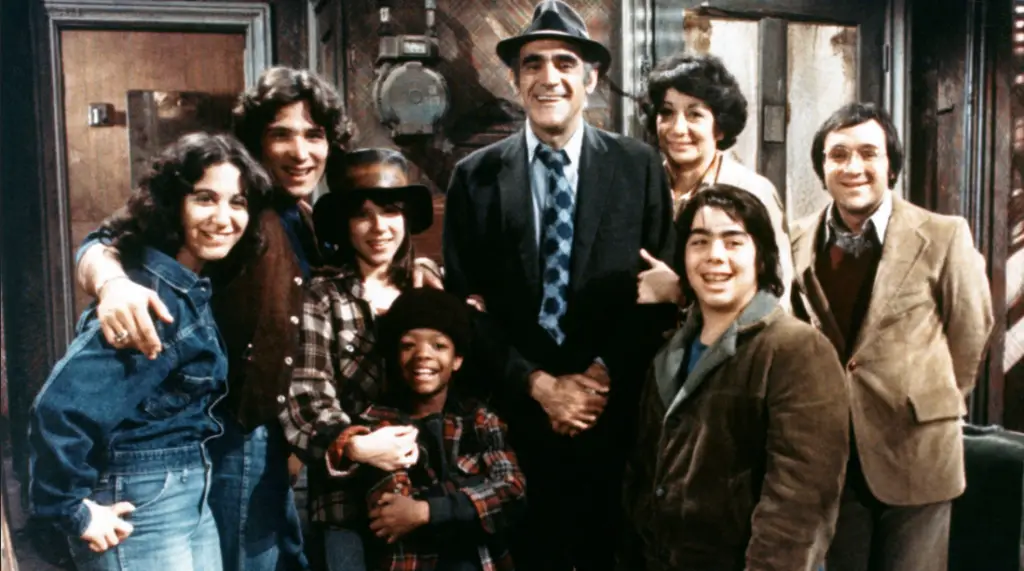
Fish was a spin-off of the groundbreaking police comedy Barney Miller, focusing on Detective Phil Fish, played by Abe Vigoda. The show followed Fish as he retired from the police force and became a foster parent to a group of streetwise kids. The dynamic between the gruff but kindhearted Fish and the mischievous children provided plenty of laughs and touching moments. Vigoda’s deadpan delivery and impeccable comedic timing made the show stand out.
Although it only ran for two seasons, Fish resonated with viewers who appreciated its mix of humor and heart. The series tackled themes of family and belonging, often balancing its comedic tone with poignant storytelling. Fans of Barney Miller enjoyed seeing more of Fish’s personal life and his interactions with the kids, which revealed a softer side to his character. Fish remains a hidden gem for those who fondly remember the era.
11. “Joe and Sons” (1975-1976)
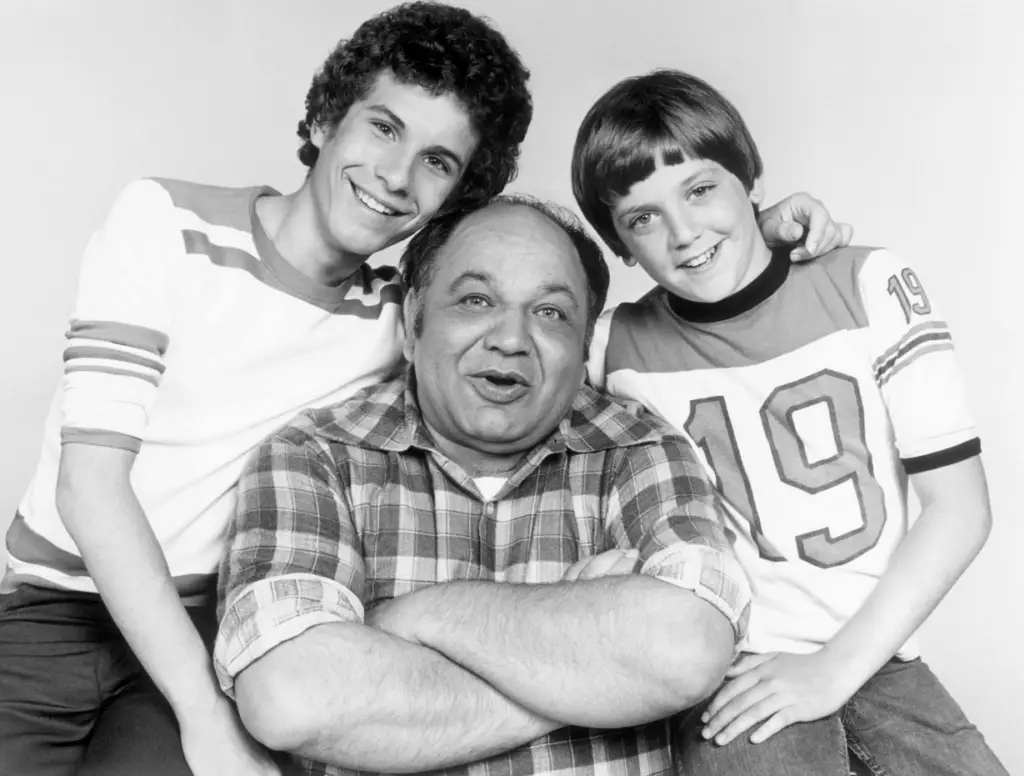
A lesser-known spin-off of Maude, Joe and Sons starred Richard S. Castellano as Joe Vitale, a widowed father raising two teenage sons. The series explored the challenges of single parenthood, family dynamics, and Joe’s attempts to balance his job as a construction worker with raising his boys. It blended humor with heartfelt moments, capturing the struggles and joys of working-class life.
While it only lasted one season, Joe and Sons struck a chord with viewers who appreciated its honest portrayal of family life. Castellano’s performance was warm and relatable, making Joe a character audiences could root for. The show’s focus on the bond between father and sons gave it a unique charm, even if it didn’t achieve long-term success. For fans of Maude, it offered a fresh perspective on family comedy.
12. “Sanford Arms” (1977)

Sanford Arms was a spin-off of Sanford and Son, set after Fred and Lamont moved away. The series followed Phil Wheeler, played by Theodore Wilson, who took over the Sanford residence and turned it into a boarding house. The show introduced a new cast of characters, including quirky tenants and neighbors, while maintaining the comedic tone of its predecessor.
Despite its short run, Sanford Arms carried the spirit of Sanford and Son with its focus on working-class humor and community dynamics. Fans of the original series may have missed Fred and Lamont, but the new characters brought their own brand of comedy. The show remains a fascinating footnote in the Sanford and Son legacy, offering a glimpse into what could have been.
13. “B.J. and the Bear” (1979-1981)
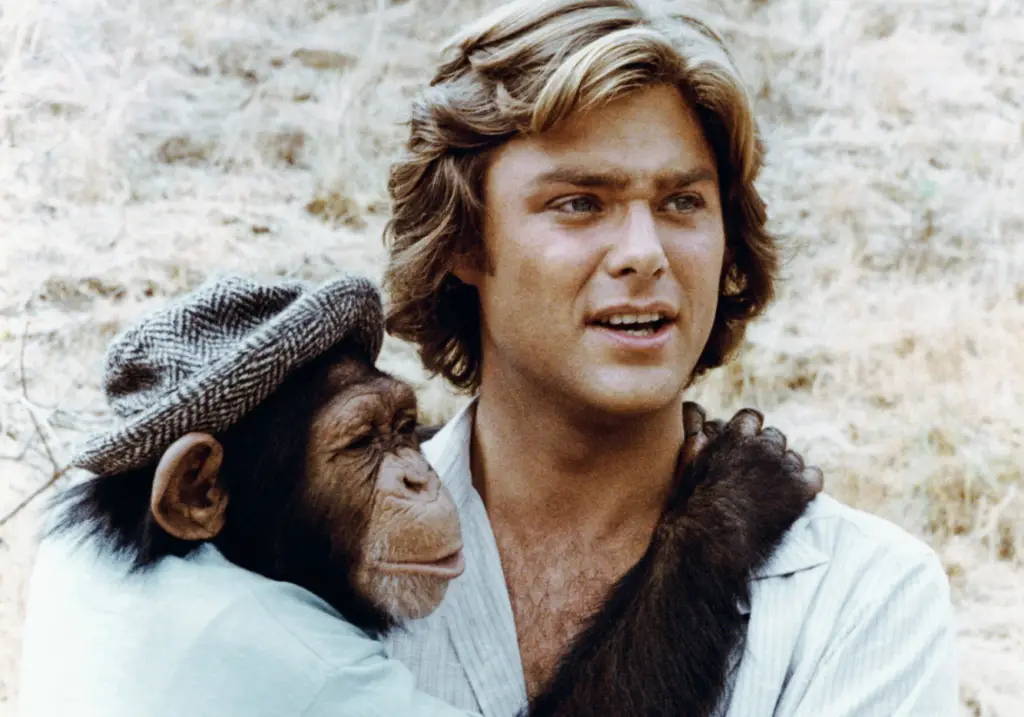
While not a direct spin-off, B.J. and the Bear owes its roots to the trucker craze sparked by shows like Movin’ On. The series followed B.J. McKay, a trucker traveling across the country with his pet chimpanzee, Bear. Each episode featured B.J. getting involved in various adventures and helping people along the way. The show combined action, comedy, and a touch of whimsy, making it a hit with fans of road-trip dramas.
Though its premise was unconventional, B.J. and the Bear captured the spirit of the open road and the independent lifestyle it symbolized. The chemistry between Greg Evigan as B.J. and his chimp companion added a unique charm, and the series’ lighthearted tone made it a fun escape for viewers. It remains a nostalgic favorite for those who fondly remember its blend of action and humor.
These forgotten spin-offs remind us of an era when TV creators weren’t afraid to take risks and expand beloved universes. While not all of them found lasting success, they each brought something special to the screen, offering fans new perspectives on familiar characters and settings. Which of these spin-offs do you remember watching, and are there any that you think deserve a revival?


